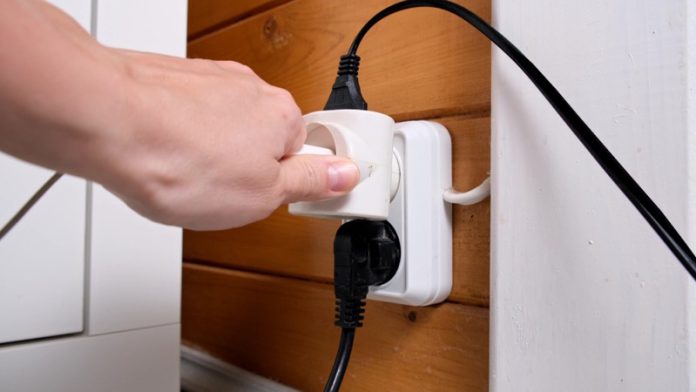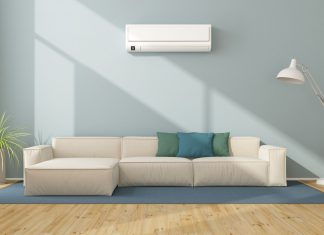A power surge can be a dangerous thing. The results of a power surge can cause irreparable damage to your home’s electronics or even your electrical grid. That’s why it is important to understand exactly what a power surge is, what causes them and how to protect your electronics against these sorts of electrical spikes.
What is a Power Surge?
A power surge is essentially a sudden increase in voltage in an electrical system. That sounds like it could be pretty dangerous, and you’re right! Power surges can last as little as a few nanoseconds or as long as a few seconds.
They are caused by any number of factors: high winds, lightning strikes, and even major storms can contribute to an increase in voltage that leads to a power surge.
A power surge can be harmful to your home appliances and electronics, and even worse if it damages your electrical wiring or circuits enough that they start sparking uncontrollably (this is called arcing).
Causes of Power Surges
The most common cause of a power surge is lightning strikes. Another source of surges can be damaged electrical lines or faulty equipment at your home or business.
Power tools and other heavy-duty equipment can also create a lot of electromagnetic interference (EMI), which causes similar results as a surge in the system.
The utility company is also partially responsible for any issues that arise with your electricity service, so they may be liable if you experience a sudden spike in voltage while using their services.
Signs of Power Surges
The signs of power surges can vary depending on the severity and duration of it. The most common symptom is lights flickering or going out entirely.
Humming noises can be heard from your appliances, electrical wiring, and other equipment. If your heating, air conditioning, and refrigerating systems are affected by a power surge, then these will cycle on and off as well. Digital clocks may also reset themselves if they have been damaged by a power surge.
Protection and Prevention
In addition to a surge protector, you can install a home-wide surge protection system. This will help protect all of your electronics from damage in the case of an electrical outage or power surge. If you have any appliances that have been damaged by power surges, replace them immediately so that they don’t cause any future problems with your electronics.
If you are still concerned about protecting your belongings from power surges and other electrical dangers, contact an electrician for advice on how best to proceed with the installation or replacement of equipment in order to keep yourself and your family safe.
Conclusion
While power surges can cause a wide variety of damage, they’re preventable. As long as you take the time to research which types of devices you’re protecting and which kind of surge protector you need, you should be able to minimize the chaos a power surge can bring.













